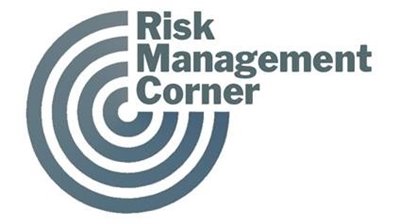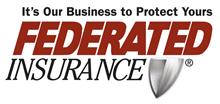 Primary causes1 of these slips, trips, and falls often include:
Primary causes1 of these slips, trips, and falls often include:
- Failure to properly use equipment
- Haste
- Inappropriate footwear
- Lack of Personal Protective Equipment (PPE)
- Inattention
- Obstacles in walkways
- Poor lighting and vision
- Slippery surfaces
- Unsafe ladder usage
Fortunately, many of these injuries can be avoided by using controls designed to help you recognize slip, trip, and fall hazards at your workplace and determine what preventative safety measures should be taken.
Engineering controls involve evaluating your physical environment and rectifying the hazards that may cause employees to slip, trip, or fall.2 These controls also include changing processes to ensure that safety is a top priority and verifying that the physical environment at your facility is up to code.
Administrative controls involve critically assessing work procedures and policies, and implementing effective rules, schedules, and training with the goal of reducing employee interaction with potentially hazardous situations over long periods of time.2 These controls can help change the way people do their jobs through the use of education, training, proper signage, maintenance, correcting poor work practices, regular inspections, and good housekeeping, to name a few.3
Safe work practices take what the administrative controls propose and turn them into actions that employees and employers should follow. The U.S. Department of Labor estimates that at least one third of the nation’s workforce is exposed to hazards that could cause slips, trips, or falls.4 It is up to both supervisors and employees alike to follow safe work practices and regularly ensure that rules are being followed. Document any problematic areas and the remedial actions taken to address those areas, and ensure documentation includes descriptions of any accidents are as complete as possible.
Personal Protective Equipment (PPE) can help to reduce risks of injury or death in circumstances where there may be an increased risk of slips, trips, or falls. Although there may not be a way to eliminate a hazard in a workplace, PPE can help to control the hazard rather than eliminating it.3
Utilizing workplace controls to create and maintain a safe work environment is imperative in helping to avoid unnecessary slips, trips, and falls. And remember to respond quickly and appropriately if a slip, trip, or fall does occur.
Avoid Workplace Hazards with Slip, Trip, and Fall Controls (pdf)
1 U.S. Bureau of Labor Statistics, SOII Data (2017), Table R4. Accessed August 2019.
2 Advanced Consulting and Training LTD.
3 Occupational Safety and Health Administration, National Safety Council – 46E0-HT10.
4 U.S. Bureau of Labor Statistics. May 6, 2021.
